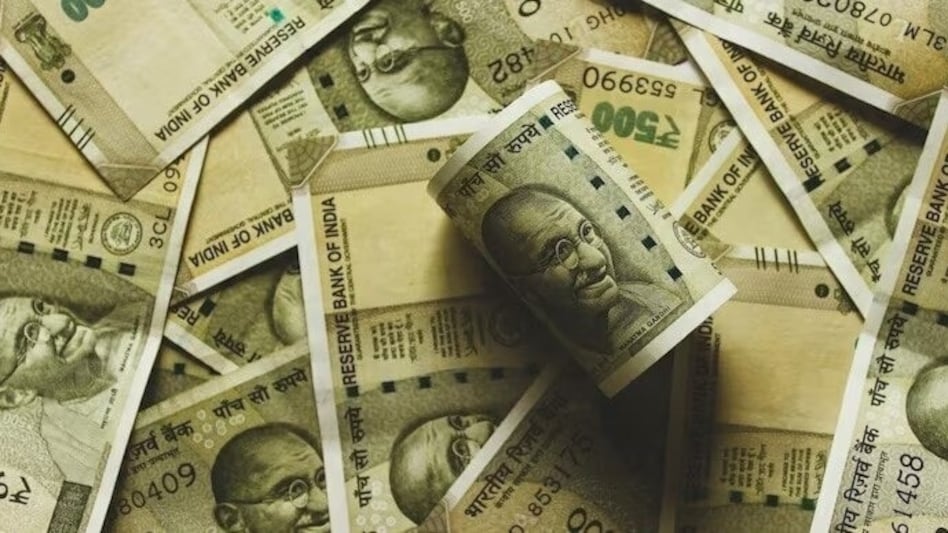 The rupee's trading range was predicted to be between 85.70 and 86.25, reflecting market concerns over the geopolitical situation in West Asia.
The rupee's trading range was predicted to be between 85.70 and 86.25, reflecting market concerns over the geopolitical situation in West Asia.
 The rupee's trading range was predicted to be between 85.70 and 86.25, reflecting market concerns over the geopolitical situation in West Asia.
The rupee's trading range was predicted to be between 85.70 and 86.25, reflecting market concerns over the geopolitical situation in West Asia.The Rupee fell to a two-month low, closing at 86.09 against the US dollar on Friday, driven by a surge in crude oil prices and escalating tensions in West Asia. The currency depreciated by 49 paise compared to its previous close of 85.60, marking its weakest point since April 11. The rupee's trading range was predicted to be between 85.70 and 86.25, reflecting market concerns over the geopolitical situation in West Asia.
Oil prices saw a dramatic rise, with Brent crude climbing 7.22% to $74.37 per barrel, marking the largest weekly increase since 2022. West Texas Intermediate (WTI) crude also rose significantly by 7.47% to $73.12. Meanwhile, the dollar index increased by 0.42% to 98.33. In India, retail inflation decreased to 2.82% in May, down from 3.16% in April, due to a slower rise in food prices, particularly onions, tomatoes, and potatoes. This deflation in essential food items has provided some relief to consumers, even as other economic pressures mount.
The Reserve Bank of India (RBI) intervened to stabilise the rupee, aiming to curb volatility in the forex market. Additionally, forward premiums across maturities rose, anticipating the effect of increased oil prices on India's interest rates. The RBI's actions are seen as crucial in maintaining market stability amid external pressures. In related news, Israel launched 'Operation Rising Lion' against Iran, which included striking nuclear facilities, leading to heightened regional tensions. Israel’s actions were described as having 'struck at the heart of Iran’s nuclear enrichment program'. The international community is closely monitoring these developments, given their potential impact on global oil supply and geopolitical stability.
The situation remains fluid, with potential implications for global markets and regional security. Investors and policymakers are advised to stay vigilant as the scenario unfolds, keeping an eye on further developments that may influence economic conditions worldwide.